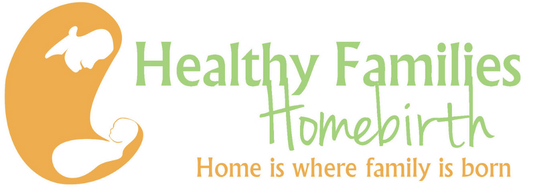

PHONE
303-718-1554
cheryl.furer@msn.com
OPENING HOURS
By Appointment Only
Menu

The newborn eye prophylaxis is a medication given to prevent newborn conjunctivitis. It is given within the first hour of birth to be considered effective. With this being said, it is best to wait until after the first period of activity when the newborn is looking for the faces of the parents.
Conjunctivitis is inflammation of the eye. Ophthalmia neonatorum is conjunctivitis with discharge from the eye in newborns. It is mostly associated with Chlamydia, gonorrhea, other bacteria and herpes infections. It can cause eye scarring, corneal infiltration, blindness, and could spread to the whole newborn system.
The antibiotic eye prophylaxis is effective at preventing gonorrheal infections, and possibility Chlamydia infections in the newborn. Treatment, if the baby gets an infection, for ophthalmia neonatorum includes frequent cleaning of the eyes with normal saline, antibiotics and/or other drugs.
Drugs used for prophylaxis: Tetracycline ophthalmic ointment, ophthalmic ointment, erythromycin, or silver nitrate. I use erythromycin ointment. The ointment is applied to the lower, inside eyelid, from the center to the outer. Then the eye is gently closed and rubbed to distribute the medicine.
The prevalence of newborn infected with bacterial conjunctivitis occurs in 2-4% of births. Of the 2-4% of births the breakdown is as follows:
Other factors to consider: If the newborn’s membranes are not ruptured, then the membranes possibly provide a protective barrier against potential infections. The sterile amniotic fluid also helps flush out the vaginal canal to prevent the newborn’s contact with organisms. Homeopathy can also be used to treat an infection in mom or babe, but may need to be used in conjunction with antibiotics.
Risks of erythromycin:
Signs, Symptoms and Treatments if you choose to waive eye prophylaxis:
*Be sure to tell the care provider that your baby did not receive erythromycin at birth. This will help inform their plan of care.
Breastfeeding should be continued, even if a hospital stay is required. Your breastmilk provides many health building nutrients that your baby needs to overcome this infection!
Testing is available to determine whether or not you have Chlamydia or gonorrhea. The test involves a collection of mucous from the cervix or a urine culture. The specimen is set to a lab for results. This can be done at the midwife’s office or your Gynecologist can do it. The risk of this procedure is that the cervix is slightly stimulated. Potentially this could cause the cervix to start and continue to dilate resulting in premature labor. This isn’t common. The treatment for Chlamydia and Gonorrhea, if found positive, is an antibiotic. There are several approved for use during pregnancy including: cephalosporin, spectinomycin, azithromycin, or amoxicillin. This would need to be prescribed by a medical doctor or Gynecologist. Your sexual partner would also need to be treated and sexual intercourse would need to be paused, or with barrier such as condoms, until you are both clear of the infection.
References:
Beers, M. H. (2006). The Merck manual of diagnosis and therapy. Whitehouse Station, NJ: Merck Research Laboratories.
Davidson, M. R., London, M. L., Ladewig, P. W., & Olds, S. B. (2008). Olds’ maternal-newborn nursing & women’s health across the lifespan (8th ed.). Upper Saddle River, NJ: Pearson Prentice Hall.
Fraser, D., Cooper, M. A., & Myles, M. F. (2009). Myles textbook for midwives. Edinburgh: Churchill Livingstone
Varney, H., Kriebs, J. M., & Gegor, C. L. (2004). Varney’s midwifery. Sudbury, MA: Jones and Bartlett Pub.
***This is general information. Please speak to your health care provider about your unique health
needs.

“I believe in continuity of care, which means that as your midwife, I’m here to support you throughout your pregnancy, birth, up until your baby is a toddler (really!) and beyond…”


Proud Practitioner with BeHerVillage. Create a Registry Here.
Copyright © 2022 Healthy Families Homebirth – Home is Where Family is Born | All Rights Reserved | Website by Cheryl Furer & Precy Onasa